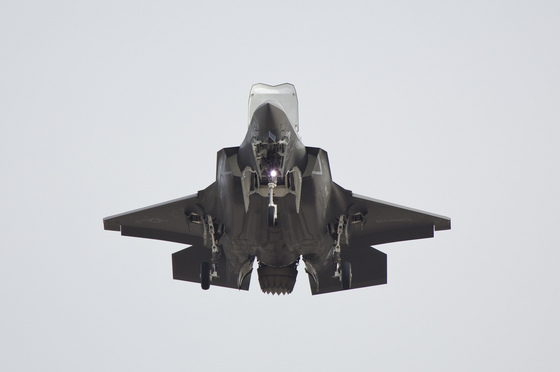Sources say that test pilots at NAS Patuxent River, Maryland, performed the first Lockheed Martin F-35B Joint Strike Fighter (JSF) vertical take-off on 10 May.
The US Marine Corps' short take-off vertical landing (STOVL) variant has always had a requirement to perform vertical take-offs right from the outset of the JSF programme. However, the capability is not emphasized because the F-35B would not be able to carry a tactically significant payload in that configuration. Operationally, the USMC envisions its F-35Bs performing short rolling take-offs carrying a full load of ordnance and fuel and only performing a vertical landing once the aircraft returns to the amphibious assault ship or expeditionary airfield.
The concept of operations is similar to those currently flown by the USMC's Boeing AV-8B Harrier II squadrons. Though the Harrier is often touted as a vertical take-off and landing machine, it normally flies a similar short take-off and vertical landing profile for the overwhelming majority of its missions.
The original X-35B prototype demonstrated the ability to take-off vertically in 2001.
Below is an image of the F-35B hovering--but this is not the aircraft that performed the VTO.






















Recent Comments